The importance of a good night's sleep should not be neglected. Sleep is just as important as the roles of exercise and proper diet in maintaining your health.
It is recommended for us to have around 7 to 9 hours of sleep per night. Sleep enables our body to rest and recuperate in preparation for the day ahead. It allows our mind and body to function at optimal levels.
However, it is not just the quantity of sleep that is important. The quality of sleep is just as essential. Certain medical conditions can affect the quality of sleep.
Snoring is a common condition affecting many of us. It affects our sleep and can be linked to breathing issues. On the other hand, sleep apnea is often a bigger problem. This is because it can lead to other serious issues if left unchecked.
Here, I would like to explain in detail, the characteristics and factors that lead to sleep apnea and introduce possible treatment options for obstructive sleep apnea. Hopefully, with this article, you will be able to understand how you can manage the condition.
Read on to find out what you can take away from this article!
What is sleep apnea?
Sleep apnea is a condition that causes a series of interrupted breathing patterns during sleep. There are mainly two forms of sleep apnea which are: [1]
- Obstructive sleep apnea (OSA)
- Central sleep apnea (CSA)
Obstructive sleep apnea and central sleep apnea are slightly different
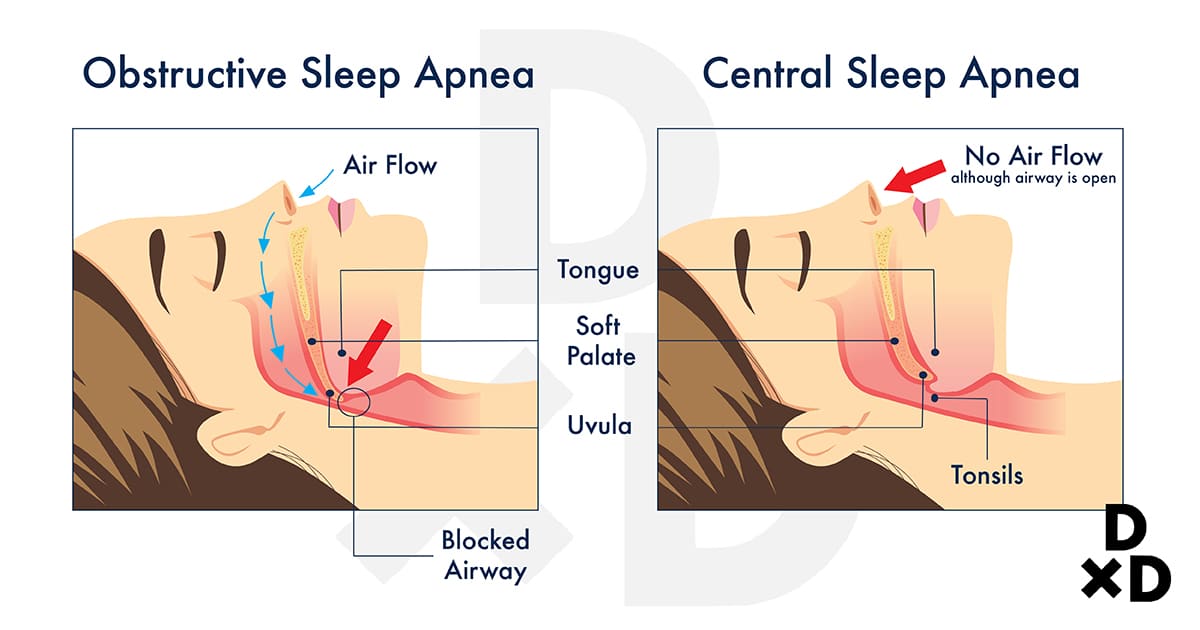
Despite their similar names, both conditions are not the same. In fact, both conditions have different causes. Let’s find out how they are different!
Obstructive sleep apnea (OSA) is the more common form of sleep apnea. It is estimated that 3 in 10 middle-aged Singaporean males have obstructive sleep apnea [1]. It occurs when your throat muscles relax and cause your airway to narrow during sleep. It happens more commonly as people age due to the loss of muscle tone in the airway muscles, hence they begin to sag and cause obstruction.
When this happens, the oxygen level in your blood decreases due to the lack of air. As a result, your body briefly awakens from sleep to gasp for air. This may happen repeatedly all night which would interrupt you from getting a peaceful night's sleep. [2], [3]
On the other hand, central sleep apnea (CSA) is not due to any blockage of the airway. Rather, CSA is caused by the brain’s inability to signal the muscles to breathe. For that reason, CSA is often associated with other conditions that affect the brain as well. [2], [4]
While the cause of CSA is different from OSA’s, both conditions cause interrupted breathing during sleep.
This article will focus on the more common Obstructive Sleep Apnea. Central Sleep Apnea usually requires a holistic approach to management and will require a multi-disciplinary team including the respiratory physician, neurologist and ENT surgeon.
What are the common symptoms of sleep apnea?
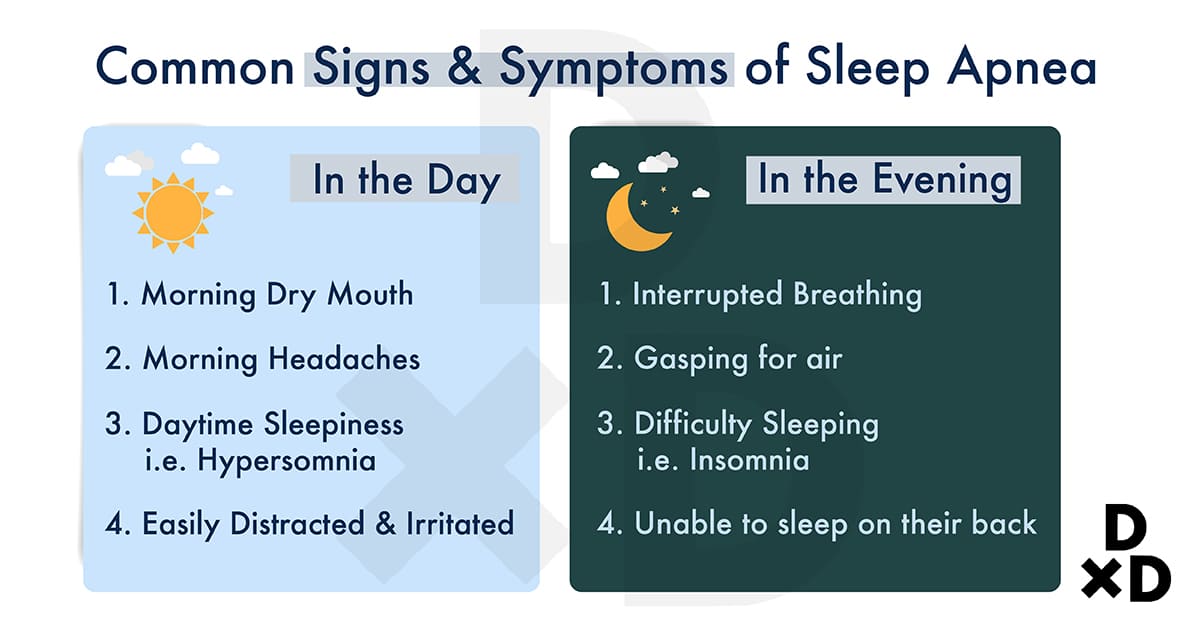
You may have a hard time telling apart what condition you may be suffering from. This is because people with either OSA or CSA often spot similar signs and symptoms during the day and evening. [2]
During the day, most of you may experience the following symptoms as a result of a night of unrested sleep.
- Getting tired or headaches in the morning
- or even getting excessively sleepy during the day (i.e. hypersomnia)
- Having a dry mouth and throat in the day
- Getting easily distracted or irritated
Moreover, be prepared to experience these signs at night, which can deprive you of a good night’s sleep:
- Snoring loudly which can also affect your partner
- Gasping for air or even choking due to the repeated obstruction in breathing
Take note if you have obstructive sleep apnea!
Unlike CSA, OSA causes upper airway obstruction in the victim. For that reason, you may experience these signs in addition to the symptoms previously mentioned if you have OSA: [5]
- Increased heart rate (to compensate for the low oxygen levels)
- Increased blood pressure
What can happen if sleep apnea goes untreated?
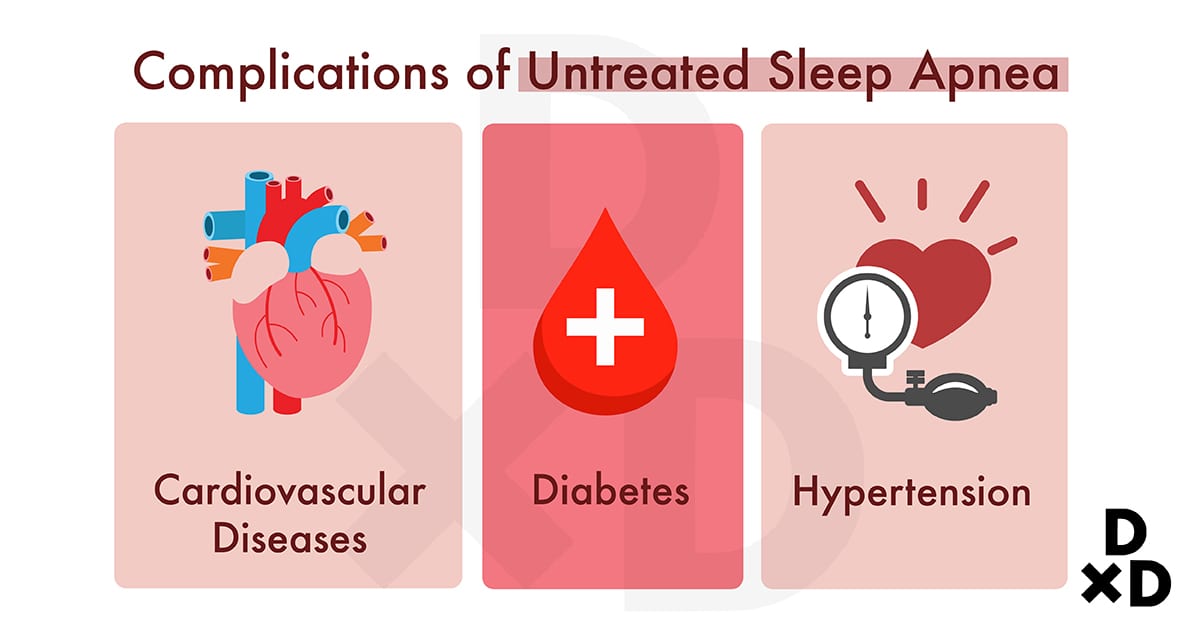
Researchers have linked the presence of OSA with a higher risk of health consequences such as:
- Cardiovascular diseases
- Diabetes
- Hypertension
Furthermore, it was revealed that leaving them untreated overtime would put yourself at a higher risk of contracting other health issues that are linked to OSA. [5]
Your condition may also worsen over time if you have not been getting enough sleep.
Studies have been conducted to compare the severity of sleep apnea in those who were sleep-deprived and those who had a good night’s sleep. Comparatively, those who were lacking sleep had sleep apnea that was more severe than the other group. [6]
Here, you can see the importance of having a good night's sleep when it comes to managing your sleep apnea.
It is possible that sleep apnea can kill you
Studies have found that obstructive sleep apnea syndrome may be a prominent risk factor for stroke.
However, it is not certain if the risk of stroke or death is caused by the presence of OSA itself or due to other complications like hypertension. Nevertheless, sleep apnea can easily grow into a potentially serious ailment.
Besides the common symptoms experienced by those with sleep apnea, leaving sleep apnea untreated can also cause road accidents. Not only does it endangers your own life, but others’ as well. [7]
How do I know if my sleep apnea is serious or not?
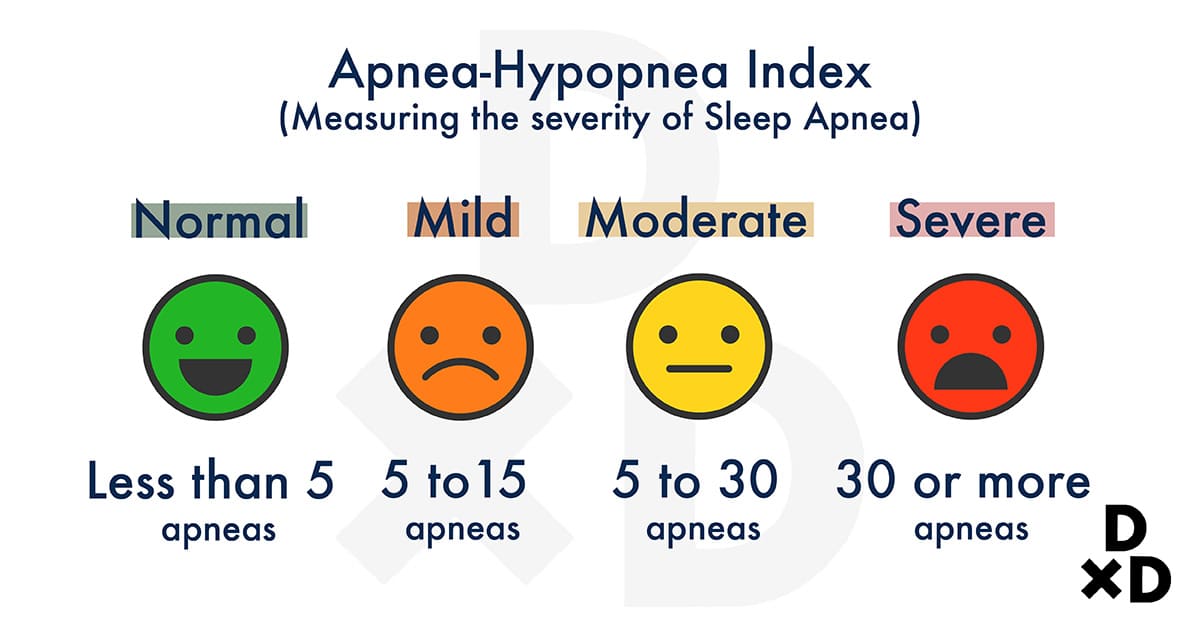
To determine how severe your sleep apnea is, your doctor will most likely use the apnea-hypopnea index (AHI) as a gauge. This index is calculated based on the number of apneas or hypopnea you have had in an hour.
For those of you who may be confused with the terms used, apneas and hypopnea are not the same. The former results in a complete loss of breath for 10 seconds or longer. On the other hand, hypopnea only causes a partial loss of breath. The scale used for this sleep test is as follows: [8]
- Normal Sleep Apnea: The patient will experience 5 or fewer apneas in an hour.
- Mild Sleep Apnea: The patient will have 5 to 15 apneas in an hour.
- Moderate Sleep Apnea: The patient can experience from 5 up to 30 apneas in an hour.
- Severe Sleep Apnea: The patient has 30 or more apneas per hour.
However, take note that this scale only applies to adults. For children, they are less likely to have sleep apnea. As such, it is recommended for them to undergo treatment if they have an AHI that is 5 and above. If they have an AHI that is 6 and above, it is recommended for them to undergo treatment. [9]
Do I have to undergo surgery to treat my sleep apnea?
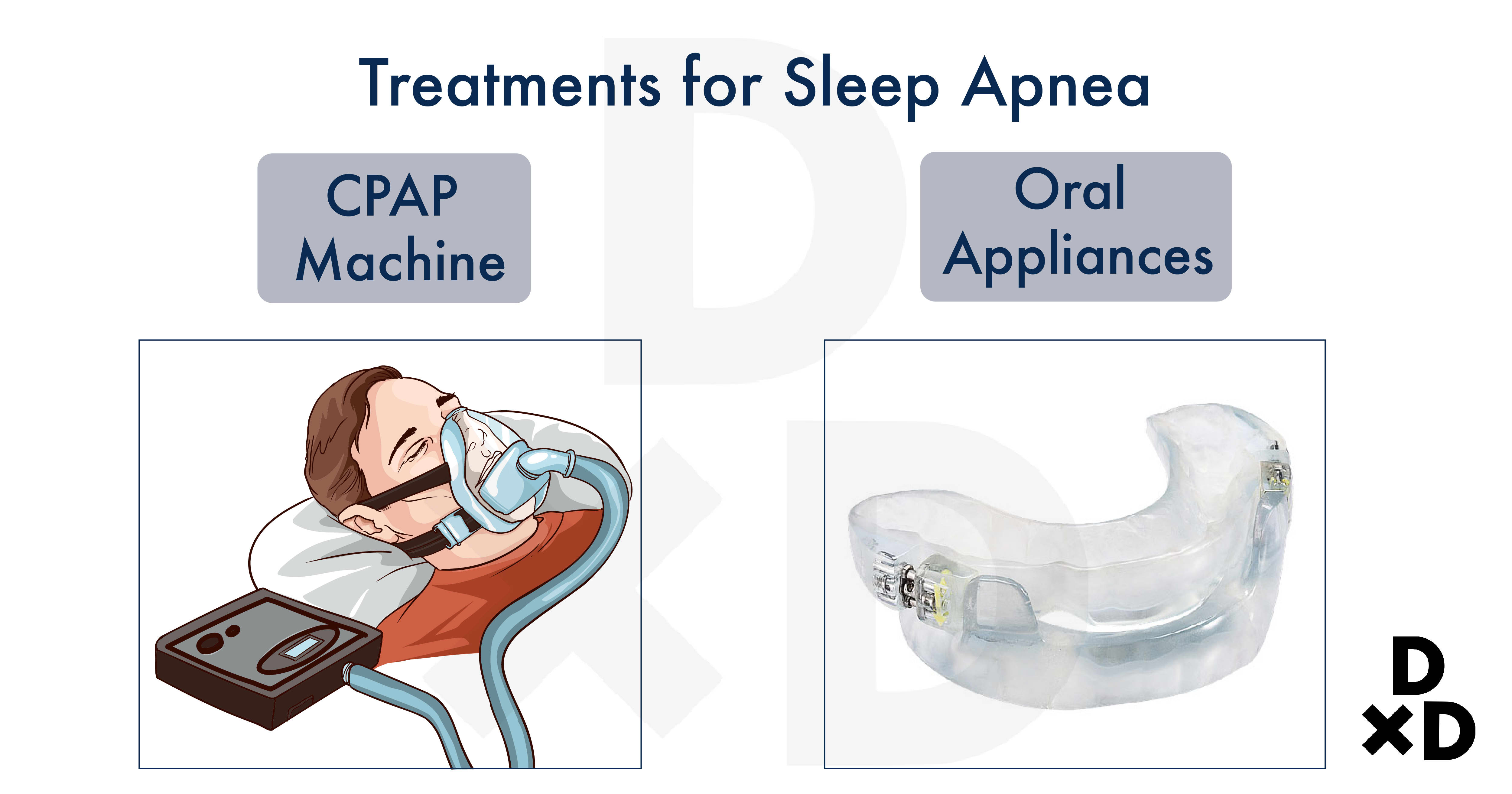
Source: Oral Appliances
Well… the answer is not necessarily. There are non-surgical treatments available. Let's find out what they are!
1. CPAP Machine
If you have moderate to severe sleep apnea, you should opt for this treatment. CPAP stands for continuous positive airway pressure (CPAP). This is a non-invasive treatment that helps you to prevent snoring and apnea.
Under this method, you will need to wear a CPAP mask during your sleep. While it can be slightly uncomfortable, the mask helps to deliver air pressure through the mask to keep your upper airway passages open. [10]
However, you should take note of these issues when you wear the CPAP machine. You may potentially face: [11]
- Nasal problems like irritation, discharge, and stuffiness
- Dry eyes or skin break out caused by wearing the mask
- Resulting noise and high air pressure due to issues with the equipment
In truth, many patients face the above issues. However, improvements have been made to improve the comfort of CPAP masks. Some of these include: [12]
- Adding cushions to the mask so that it does not leave marks on the face
- Increasing the size of the mask to cover the nose and mouth or even the eyes. This helps you to prevent dry mouth and get better, less disrupted sleep.
2. Oral Appliances
If you have mild to moderate sleep apnea, using an oral appliance will usually be enough to help your case. Sometimes, people also choose to undergo this treatment for two main reasons:
- They see no improvements with the use of CPAP treatment
- They are not able to tolerate the hassle of wearing the CPAP masks during their sleep
The oral appliances fit like a sports mouth-guard or an orthodontic retainer. What they do is to help support your jaw in a forward position. This helps to keep your airway open and reduce snoring and sleep apnea. [13]
There are 2 types of oral devices
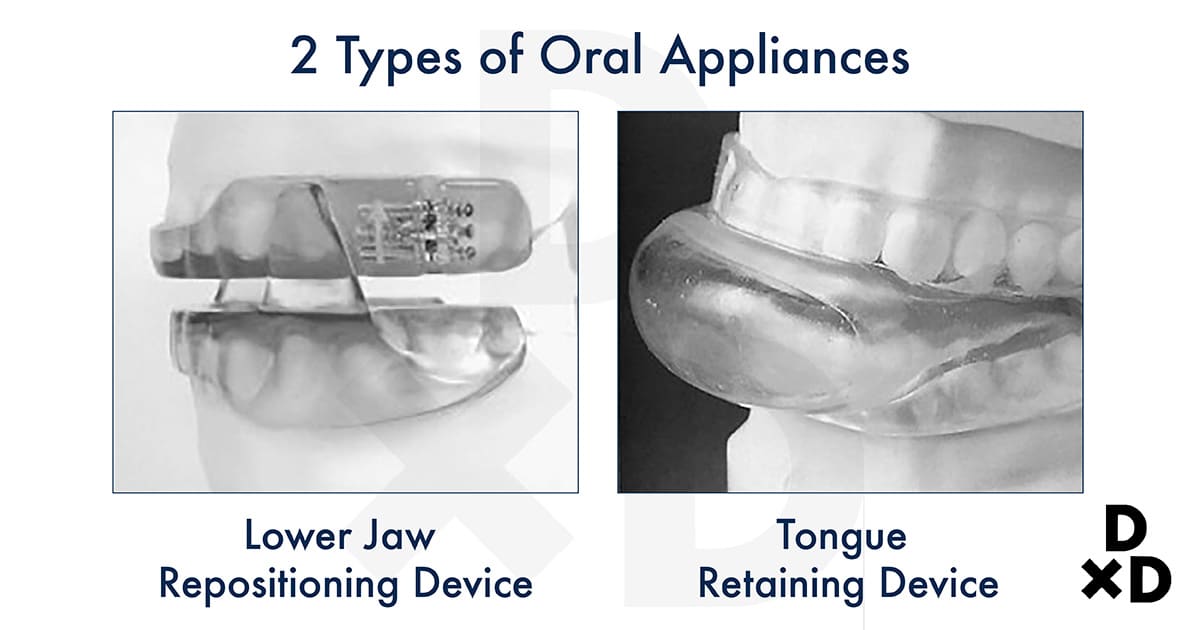
Source: Lower Jaw Repositioning and Tongue Retaining Devices
The mandibular (lower jaw) repositioning device is a type of oral device which you can use to treat your sleep apnea. You should wear the device at night and fasten them at your upper and lower teeth.
Another type of oral device is the tongue-retaining device (TRD) which is designed like a soft suction cup to be placed in the mouth. Like the former, you should wear this device at night.
What this device does during your sleep is to create negative pressures that help to hold your tongue in a forward position.
Heads up that you may feel restrained with your lower jaw held forward when you use these oral devices!
Surgical Treatments for more severe cases of sleep apnea
1. Jaw Surgery
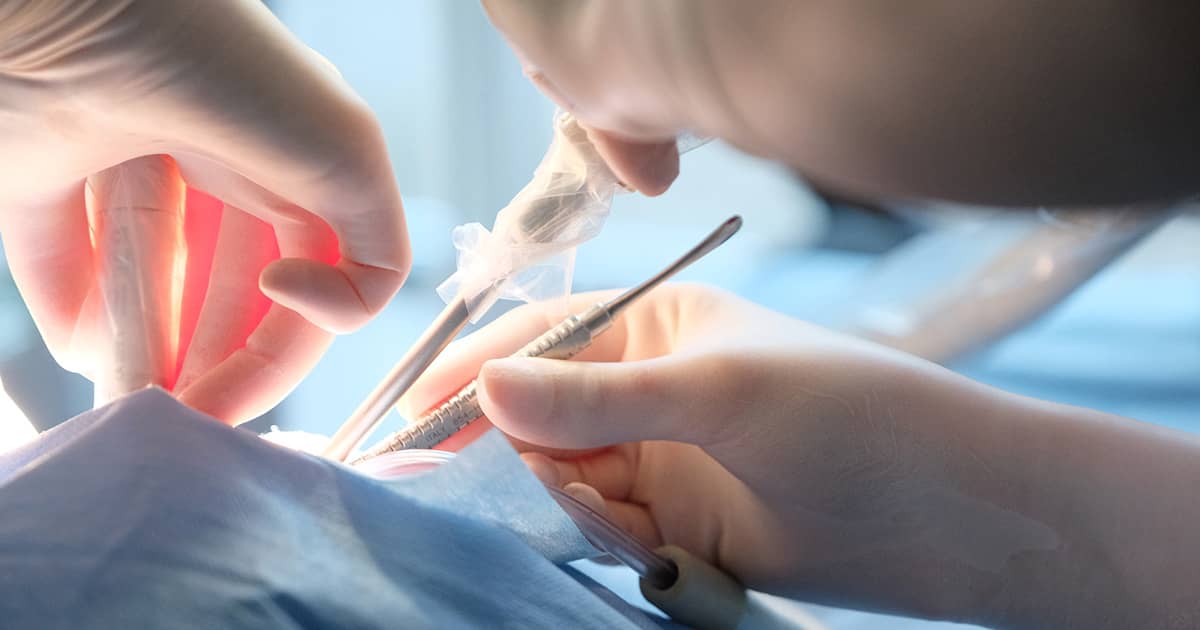
Jaw surgery can help fix your struggle with obstructive sleep apnea. However, it is not without risk. Such procedures come with a higher risk of failure and are slightly more complicated than other treatments.
Despite the risk, this method is effective in treating sleep apnea. How it does so is to enlarge your airway with the surgery after doing a computer analysis on your airway. [14]
2. Adenotonsillectomy in children with OSA
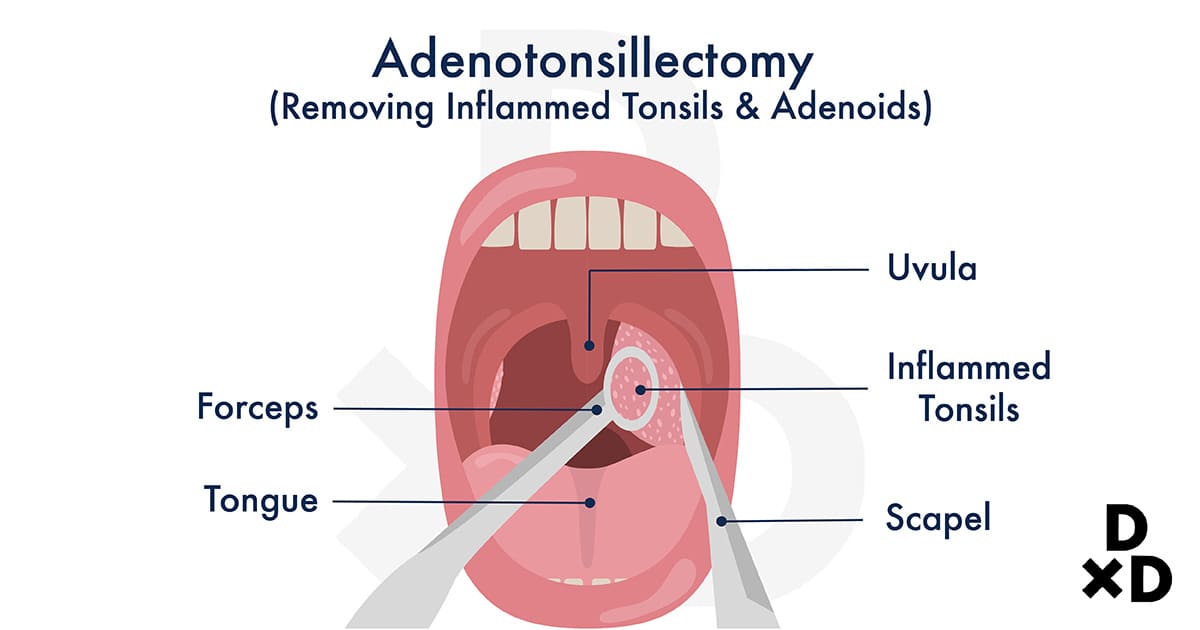
Adenotonsillectomy is the surgical removal of adenoids and tonsils. Often, this procedure is recommended as the first-line of treatment for children with OSA.
The American Academy of Pediatrics (AAP) recommends this procedure to be done in children who are healthy and have reached two years of age. While studies have shown that the procedure is less effective in children who are obese, results were mainly satisfactory. [15]
Read more: The Essential Guide To Paediatric Sleep Apnea in Singapore (2020)!
New Novel Treatment for OSA: Lasers
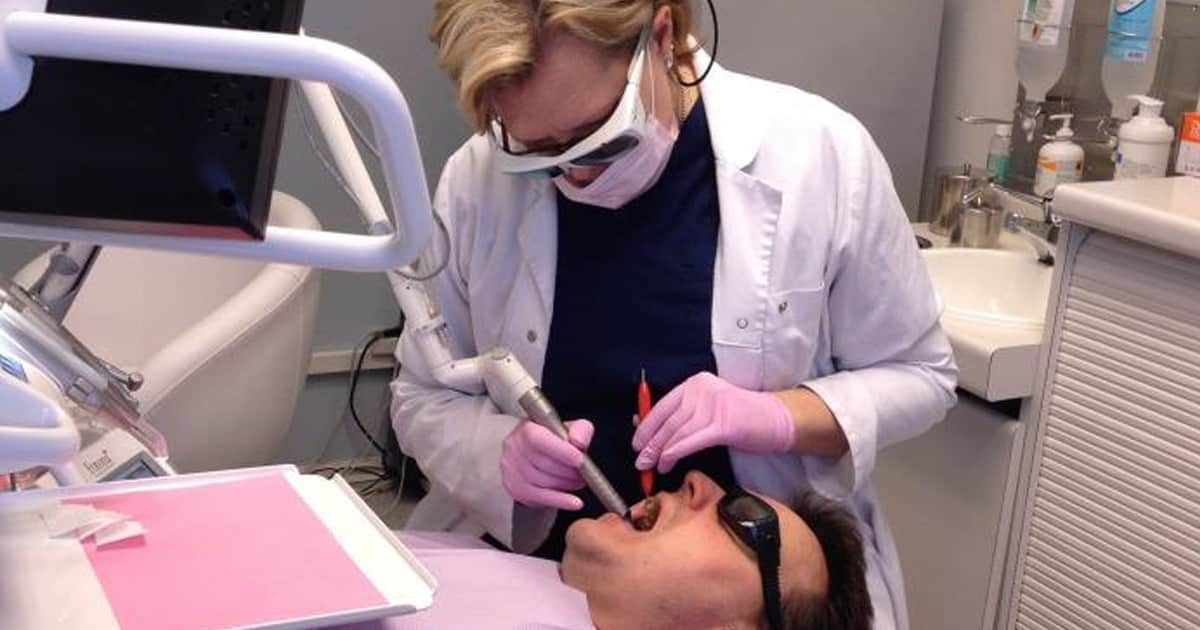
Source: CASE REPORT: NightLase ® Procedure -Laser Snoring and Sleep Apnea Reduction Treatment
Would you believe that lasers can treat sleep apnea too? Well, it wasn’t in the past, but now with newer, more precise lasers, this is also an approved mode of treatment.
Specifically, I am speaking about the Fotona Nightlase therapy [16]. Remember what causes OSA? With ageing, the muscles and tissues lose their tone in the throat area and start to sag, hence resulting in the narrowing and “obstruction” of the airway.
What Nightlase does, is that it:
- Stimulates collagen remodelling
- Rejuvenates and tightens the tissues in the throat to reduce the "sagging"
hence improving the obstruction of the airway.
This procedure is safe and non-invasive. In other words, it does not require any anaesthesia and often completed within a few minutes by your doctor. During the procedure, you may feel a warm tingling sensation of your throat, and for the next 1 or 2 days, you may have a slight sore throat.
A full course of treatment consists of 3 separate treatments over a period of 6 weeks. The final results may last up to a year. With ageing and “sagging” in the future, further “touch-up” Nightlase treatment can be prescribed by your doctor.
Is sleep apnea considered a disability?
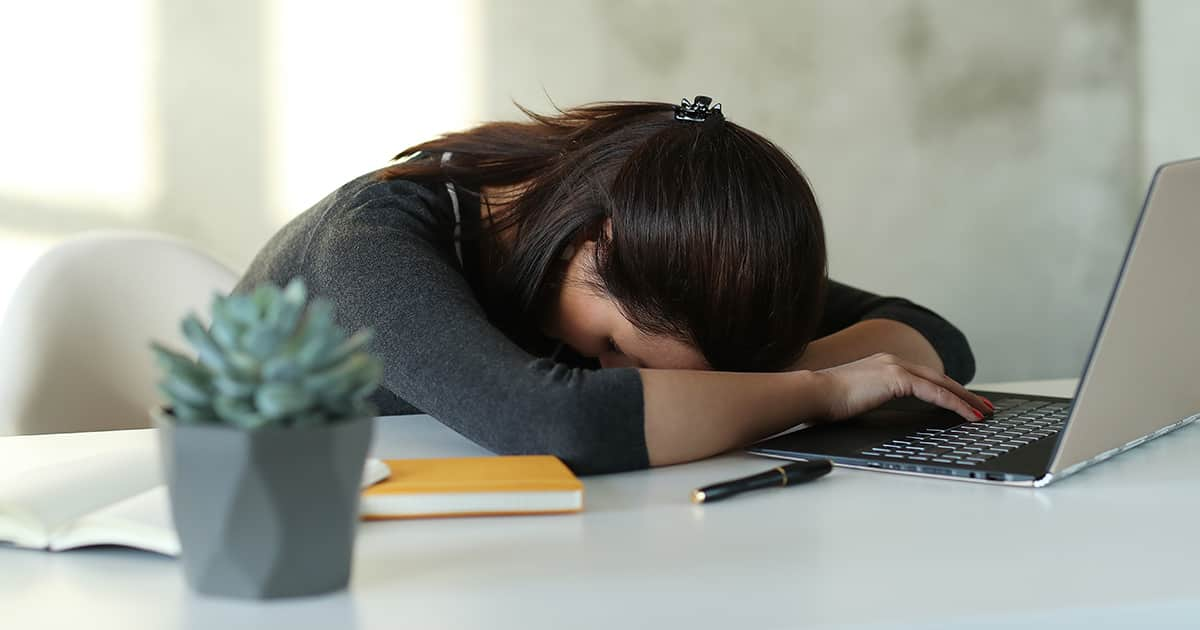
According to the Disabled People’s Association (DPA), sleep apnea is not included in the list of disabilities that are recognized here in Singapore. While it is not a disability, the symptoms of sleep apnea can hinder you from performing your tasks at work. [17]
Some examples are OSA and excessive daytime sleepiness (EDS), which has been named as risk factors for work disability. [18]
Death cases caused by sleep apnea?
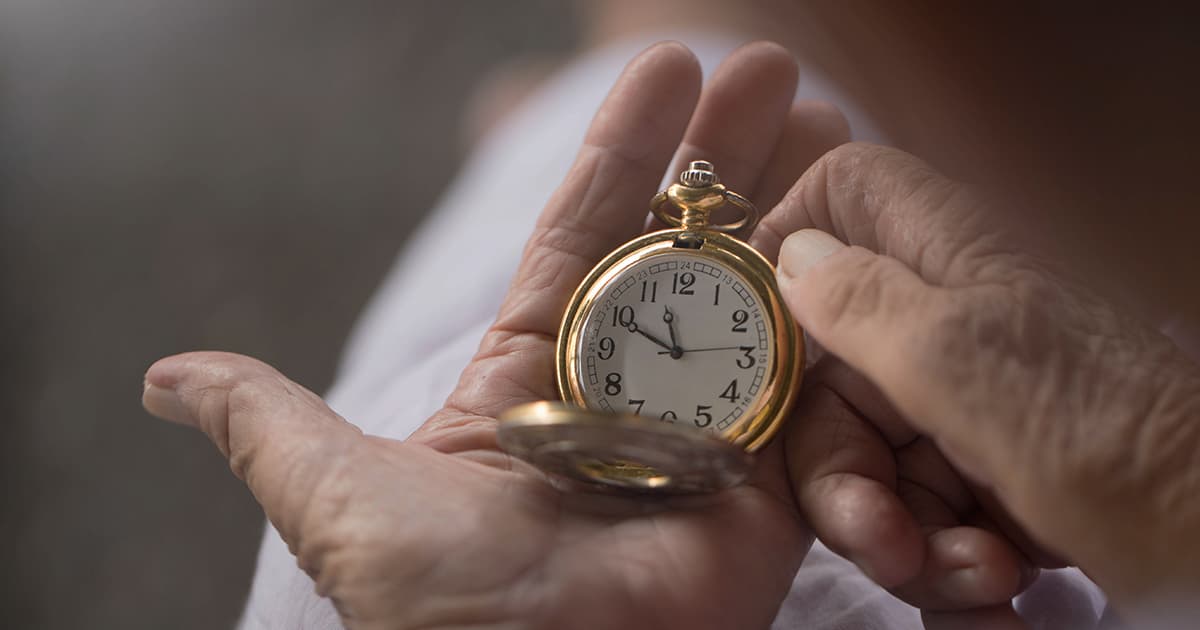
I'm pretty sure many of you have heard of and watched Star Wars and know who Carrie Fisher is, better known as Princess Leia. Do you know that although no official cause of death could be determined for her, sleep apnea was listed as one of the contributing factors resulting in her early demise?
In fact, many patients face an early death due to health conditions. Do you know what is just as bad? These health conditions are caused by sleep apnea. Some of the common ones include cardiovascular diseases and erratic heartbeats.
Some also face an increased risk of sudden cardiac death (SCD) due to unhealthy lifestyle habits. This is why, during your treatment of sleep apnea, your doctor will most likely encourage you to abstain from:[19]
- Smoking
- Drinking
- Consumption of Drugs
Find out more about Cardiovascular Risk Reduction!
Conclusion
I hope you now have a better understanding of sleep apnea and the serious complications it can bring about. Early detection and treatment is the best form of management for your sleep apnea. Besides oral appliances and surgery, there is now a newer and non-invasive way of treating sleep apnea.
As always, the first step you should do is consult your doctor to evaluate, diagnose, and resolve your struggle with sleep apnea. Good luck!
Dr Wenus Ho is a family physician and Aesthetic Medicine doctor with Fusion Medical. As a family physician, she strongly believes that everyone should age healthily. Her practice thus heavily revolves around disease prevention through health screenings and counselling on diet and lifestyle improvement.
Would you like to ask any related health questions?
You can Ask A Doctor right away, or get a treatment quote here.












